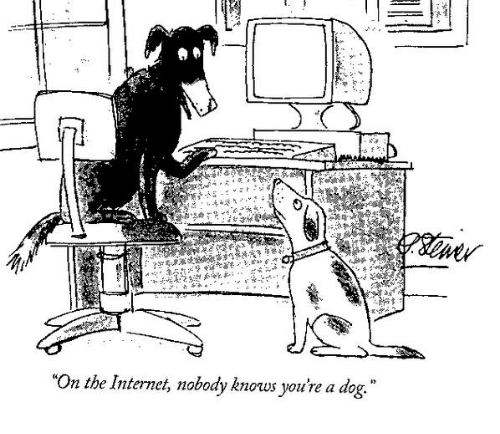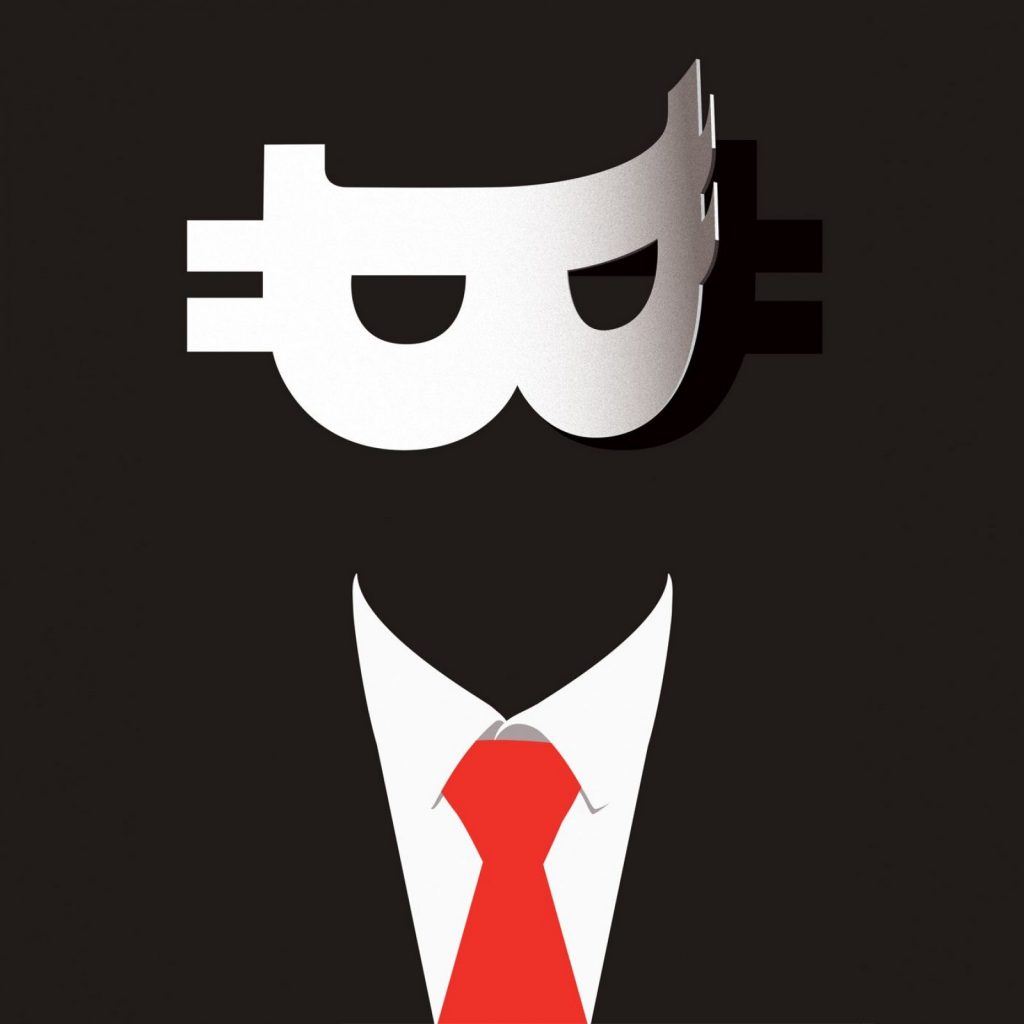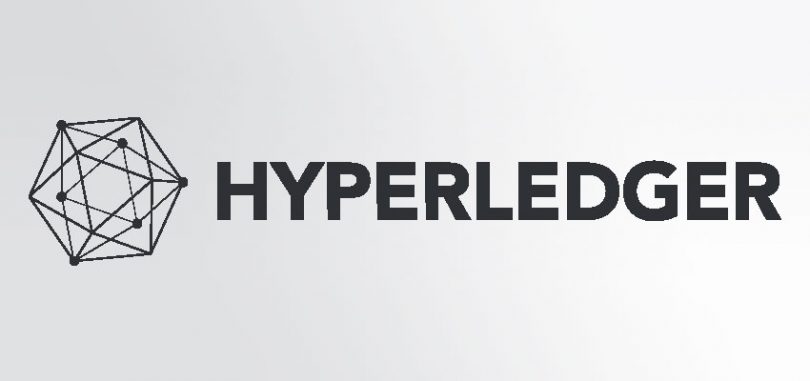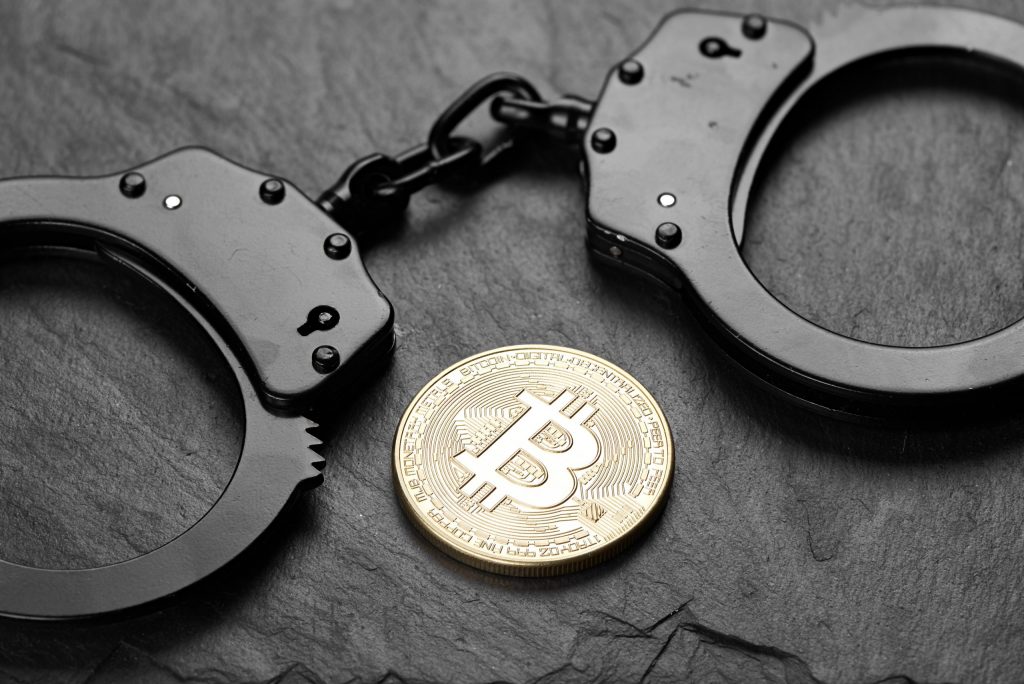WHAT BITCOIN CAN TEACH US ABOUT PRIVACY AND THE GROWING DYSTOPIA OF DIGITAL SURVEILLANCE
By Local Guest Writer: Anessa Allen Santos, Esquire
Have you ever heard the saying “if you have nothing to hide, then you have nothing to fear”? This proverb is surprisingly deceptive. Understanding the distinction between privacy and secrecy is the key to protecting our individual liberty from the danger of expanding digital surveillance, and it has everything to do with Bitcoin. In the words of Eric Hughes shared in A Cyberpunks Manifesto, “privacy is necessary for an open society in the electronic age. Privacy is not the same as secrecy.
A private matter is something one does not want the whole world to know, but a secret matter is something one doesn’t want anybody to know. Privacy is the power to selectively reveal oneself to the world.” For example, when planning a surprise birthday party, you discretely reveal the details only to those who are invited because if the information were broadcast, the surprise would be ruined. On the other hand, a secret is like classified information that, if revealed, could compromise security. Secrets cannot be released to anyone without the proper clearance.
The U.S. Constitution does not expressly grant the right of privacy. But it does reflect the framers concern about privacy in the protections afforded to a person’s religious beliefs, their home and possessions, and against self-incrimination. Further, in a multitude of cases, the Supreme Court has consistently that privacy rights extend to protect the private decisions of parents to inform their children’s education, of individuals to marry, and for procreation, among others.
Indeed, this nation has consistently found that central to the concept of ordered liberty is the idea of a zone of privacy in the home, but that these same privacy rights are limited when we are in the public sphere. In summary, the question of what activities deserve privacy undulates depending on the facts and circumstances. For instance, we all agree that human trafficking deserves no privacy, but we remain undecided about what circumstances compel us to provide government-issued identification to law enforcement. When engaging in Internet-based activities, privacy rights become even more blurred.

“On the Internet, nobody knows you’re a dog” is a famous meme by Peter Steiner first published by The New Yorker in 1993. A comment on Internet anonymity, the cartoon depicts one dog sitting at a desk with his paw on a computer keyboard while talking to another dog sitting on the floor. Since then, Internet-based surveillance technology has dramatically advanced to accommodate cameras on street corners, supermarkets, and inside our homes. Likewise. Our laws and regulations have changed in ways that have eroded our right to be free from government interference in our private decisions especially at the turn of this century.
In a nod to Churchill’s instruction to the WWII allies to “never let a good crises go to waste,” the U.S. Congress passed comprehensive legislation after the attack on September 11, 2001 that substantially modified the Bank Secrecy Act to deter and punish terrorism worldwide. These amendments enhance law enforcement tools used to detect and prosecute money laundering and terrorist financing, subject foreign jurisdictions to U.S. scrutiny, and require all financial institutions to report suspicious activity. While this all sounds rather positive, implementation of these changes have resulted in the weaponization of our financial institutions. The Treasury Department expanded as an arm of law enforcement, intensified American policing of global actors, and compromised individual privacy rights. Moreover, it has created a centralized global banking system that is hemorrhaging from runaway inflation.
This impact of these changes is best described by the tragic story of a former client. Roberto (not his real name) was a migrant worker from Guatemala imported by big agriculture to work in the central Florida fields of Immokalee. Each day, Roberto had to meet a quota of picking 4,000 lbs. of tomatoes for which he would be paid $63. One day, while driving to Western Union to send home his hard-earned savings, he was pulled over by an undercover officer for no good reason. During the stop, the officer decided to arrest Roberto. While searching him pursuant to arrest, he found Roberto’s carefully saved wages and said, “You’re a Guatemalan migrant worker so you shouldn’t have this much cash. Obviously, it’s for drugs.” He took it under the rules of criminal forfeiture.

Although I was able to get the criminal charges thrown. I was never able to pursue the return of his money wrongfully taken because that would have required me to bring a civil action, and public defender’s can only defend criminal charges. When I asked my client why he did not keep his money in a bank account, he explain that although he had his Guatemalan ID. It was insufficient for our banks. The amended Bank Secrecy Act now required new account applicants to supply a great deal more personal information than Roberto ever possessed. So, he and the other migrants had to carry their cash on them everywhere they went until they could save enough to pay the money transfer fees. This made him extremely vulnerable to robbery and other violent crimes, especially when traveling to Western Union.
In the years since, I have learned that according to the World Bank, more than one billion people worldwide suffer from the same problem. They do not have the right kind of government recognized identity to meaningfully participate in our economy. Relegated to the shadows of society, these people pay higher fees for everyday goods and services that I often take for granted.
Solving financial exclusion may be what drives my present passion and my practice, but I have also learned that this same objective is also driving our collective future straight into central bank digital currencies (CBDCs) and digital identity, both which threaten our civil rights to privacy in very alarming ways.
To understand what is now at stake, we must understand how blockchain technology fits into this new financial ecosystem. Blockchain, at is heart, is an innovative and interesting data management system, and it is what blockchain does with all the data that really matters. It is the latest development in internet architecture, and it has the power to change the dynamics of how we operate and interact within society.
Bitcoin is the first blockchain, making Bitcoin and first generation blockchain one and the same; they are indivisible. The Bitcoin blockchain was designed to solve the specific problem of corruption fueled by the insatiable greed that is inherent to centralized banking in fiat. “Fiat” means by authoritative decree, and it refers to government-issued currencies like the dollar.

When our banking system was anchored by physical stores of gold, the federal reserve could only print paper money that theoretically represented the amount of that gold held in storage. When we abandoned the gold system in 1971, corporations applied for massive loans at high interest rates that banks were all too happy to lend. When borrowers defaulted on those loans, they went together with the lenders to Congress, warning that if Congress did not bail them out, employees would lose their jobs, pension funds be wiped out, and the economy would suffer terrible depression.
They emphasized that the voters would not take kindly to learning that their elected official could have printed a bit of money to save their job, but refused. In those days, everyone involved was counting on the voters either not learning the truth, or not understanding the economics of inflation. When the game proved successful, the era of corporate bailouts began.
Over time, runaway government spending flooded the economy with cash that drove-up the prices of goods and services while wages stayed largely stagnant. Consequently, these same goods and services moved outside the reach of the average worker. The “K” economy emerged where the richest grew in wealth, but much of the middle class lapsed into poverty. Meanwhile, squirreling away in some mysterious corner, was someone, or a group of someones, who were planning a financial revolution.
Post 2008 crash, they launched the Bitcoin blockchain under the moniker of Satoshi Nakamoto. We know this because Satoshi left behind a whitepaper to tell us how it works, and a hint about “his” intentions coded into the very first block (the “genesis” block) of the world’s first Bitcoin transaction. There, in the code, is written the headline published in The London Times on January 3, 2009, that reads Chancellor on brink of second bailout for banks. Together with this publication, Satoshi freely gifted Bitcoin to all of humanity as an alternative financial system beyond the influence of greedy bankers, politicians, corporate executives, and more recently, hedge fund managers.

The brilliance of the Bitcoin blockchain network is in its design. If you really think about it, the current banking system mostly records information about people sending money to other people. Once kept on paper, these ledgers are now digital, but because they are under centralized control, they remain vulnerable to fraud and mistake. Bitcoin fixes these vulnerabilities, and it maintains the privacy of our identity away from the prying eyes of financial institutions and over-zealous government actors.
Like the Internet, Bitcoin is decentralized, meaning that no one person, government, or organization is in control. This removes the need to have intermediaries involved in common everyday transactions like sending money to friends and family overseas. Bitcoin is also transparent and publicly accessible. Everyone can look at the entire record of transactions at the same time, making it impossible to hide fraud or mistakes. It is also highly secure because the information recorded on-chain is protected by the repeated application of cryptography using a secure hash algorithm.
These properties, when combined with the sheer size of the Bitcoin blockchain, makes the transaction information immutable once recorded. In other words, once a transaction is confirmed and recorded on the network, it is a practical impossibility to change it. And finally, all of these qualities create a perfect audit trail for query.
In essence, the Bitcoin blockchain is a truth-telling machine. Imagine if all government spending were required to occur on this kind of network. All of America could see the details of every transaction ever made by the government. We could see our tax dollars come into the treasury, the distribution to government agencies, and who was paid what and when. It would be the end of black budgets, pork barrels, and $20,000 toilet seats. No one could get away with anything! As exciting as this is, after Bitcoin, blockchain continued its evolutionary development, marching us ever closer toward the possibility of a digital dictatorship.

In the midst of the 2008 market meltdown madness, a teenager named Vitalik Buterin was happily playing World of Warcraft in Toronto, Canada. When the game decided to remove the damage component from his favorite warlock’s Siphon Life skill, Vitalik was devastated. Having fully experienced the trauma of centralized services, he quit the game and went looking for something new.
As a math genius and writer for Bitcoin magazine, Vitalik traveled the world looking at various blockchain and cryptocurrency projects, and then co-developed the Ethereum blockchain network as a solution to his problem. As it turns out, Ethereum seems to solve everyone else’s problems, too, because it is now widely recognized as second generation blockchain and the backbone for Web 3, the metaverse, and the dreaded upgrade to our financial system.
Launched in 2014, Ethereum enables users to execute “if- this- then- that-” program rules that automate and enforce the execution of common contract terms without human intervention. For example, imagine if your Tesla lease called out to your bank for payment each month. If your bank answers the call lease and transmits the scheduled payment, then you may continue to drive your Tesla; but, if your bank answers the call and transmits a message of insufficient funds, then your Tesla drives itself back to the nearest Tesla center.
This smart lien is just one type of smart contract that may be cheaper and more effective than conventional methods, and it has all kinds of use cases for healthcare, insurance, voting, government, finance, and more. Smart contracts also provide the programming framework for central bank digital currencies and digital identity that underpin the structure of our future financial ecosystem.
As evidenced by Roberto’s story, documentation that establishes your legal identity is the gateway to modern life. Without legal proof of your identity, you cannot open a bank account, you cannot vote or drive, or access government services. Good luck getting into a bar. The value of storing legal identities on the blockchain extends both to the recipients and to their respective governments. Blockchain identities tied to biometrics create an indestructible record traceable only to that individual.
By building banking applications on-chain, a person’s financial transactions can build a credit history over time, and they can serve as a form of identity for later use. Within this ecosystem, governments and organizations that provide funds and services can better track spending, detect fraud and unauthorized use, and avoid bank transaction fees. Moreover, expenditures can be directly audited to reduce funds lost to corruption, and it can streamline government services that are typically plagued by overlap or gaps.
The UN ID2020 digital alliance is the principal organization driving a multi-stakeholder collaboration to set the future of banking with integrated digital identity. With partners like the Gavi Vaccine Alliance, Microsoft, the Rockefeller foundation, IBM Hyper ledger, and others, this public-private partnership aims to ensure that each person worldwide receives a globally-recognized, government-issued, digital identity that is personal, permanent, portable, and private. Guided by the World Economic Forum, nations worldwide have also announced their plans to implement smart contract enabled CBDCs with the argument that it will enable the central banks to better control the money supply, and therefore inflation. They also argue to solve identity theft and data breaches, digital identity must be integrated.

Amongst all these solutions, however, looms the larger problem that is hides in plain site. Central bank digital currencies are centralized under government control, not decentralized like Bitcoin. This means that the government will have total access and control to all of the financial information and accounts of its citizenry. It will be able to access all the line items of each person’s life, including for small details like your bus pass, babysitter payments, YouTube subscription, and grocery stores purchases. What this means is that any government worker with system access who takes offense at any person can lock them out of all of their financial accounts with the press of a button.
Although this sounds melodramatic, we just saw Prime Minister Justin Trudeau shut down the bank accounts of Canadians participating in trucker protests against vaccine mandates. The difference then was that the government had to get the cooperation of their banks. When a CBDC is launched, there will be no such intermediary banks. The government will not have to subpoena records from the bank. To put it plainly, Betty Sue who is mad at you will be able to take easy revenge, and you may not even know who she is.
To intensify the trouble, because CBDCs are embedded with smart contracts, they will be programmed with yes/no functions. For example, if the government decides you may only have 2 hamburgers per month, and you try to purchase that third hamburger before the month has passed, then your purchase will be rejected. This same yes/no permission dynamic may also be applied for other matters including what school your children attend, where you can travel, what doctor you can see, what you may eat, etcetera, all tied to digital identity. In fact, this is precisely how China functions today with its system of centralized digital currency, digital identity, and social credit scores. Thus, the viability of this new financial ecosystem has already been successfully tested on the world’s largest citizenry.

Earlier this year, the Biden Administration issued an executive order for a 180 day study to be conducted and delivered to the government with findings and recommendations about CBDCs. This is a very interesting development, mainly because it suggests that this is some new undertaking by our government. I assure you, our government is well aware of what are CBDCs and how they work. In fact, you could throw an NFT rock on the Internet and hit a study already done. For more than five years, committees have been organized and whitepapers written about CBDCs, including by the U.S. federal reserve bank, the national bureau of economic research, the bank of international settlements, the European central bank, the IMF, and countless others.
The World Economic Forum has even organized a consortia with participation from over 30 countries, and they even published a CBDC toolkit for governments. As an independent nation and as a global society, we are right now at a fork in the road of history that could lead to a treacherous cliff. If we permit the adoption of this new centralized financial ecosystem, we may suffer the surveillance of the Chinese and the economic exclusion of Roberto. On the other hand, if we adopt a decentralized system of finance that respects the integrity of individual privacy, then we at least maintain the hope of manifest destiny.

As a final thought, in answer to the one question I receive more than any other when lecturing on this subject – yes – Bitcoin is used by criminals for money laundering, human trafficking, and all sorts of social ills, but that does not mean we should eliminate Bitcoin. Before Bitcoin, nearly all crime was committed using the dollar, but no one ever suggests eliminating the dollar, nor precious metals, gems, or other resources of value. Why the difference in treatment? Bitcoin and similar financial systems cannot be controlled by financial overlords, so they use the fear of its use for crime to motivate us into calling for its demise.
Whether we trade in livestock, dollars, or crypto, the behavior of criminals should never be permitted to shape our lives. Fear is a very powerful social tool because it motivates people into accepting all kinds of restrictions they never would without such manipulation. Conversely, hope motivates people into creating all kinds of solutions they never would without such inspiration. Although nothing can guaranty safety in life, only hope carries with it the possibilities of pursuing inspiration with freedom. My hope is that you remember this lesson the next you are asked to sacrifice your freedom at the altar of fear.
Did you like this article? Then stay tuned for more articles on this topic!
Guest Contributor: Anessa Allen Santos: A seasoned attorney and entrepreneur representing technology startups worldwide in matters of blockchain and fintech, corporate law and securities, licensing of IP, and white collar defense. She is the current Vice Chair of the Florida Bar Committee on Technology Law, and the Second Vice Chair Elect of the Computer Law and Technology Committee. Ms. Santos has been appointed as a Special Magistrate for disputes involving digital assets, and as an Expert Witness for financial regulations. She is the recipient of the prestigious Stevie Award for Solo Female Entrepreneur of the Year, the Coin street Partners Best ESG/SDG Token Award, and has been named in the Top 100 People in Finance, among others. She is an alumna of Oxford University’s Said Business School where she studied blockchain strategies and financial technology, her J.D. from the University of Dayton.
Park Ave Magazine
Want to be a part of the conversation with Park Ave Magazine? Be sure to check out our newest blogs, articles and events going on in your local community. The magazine is full of exciting articles, art, photography, and trivia about the city of Winter Park and surrounding areas in Central Florida. We would like to thank everyone who has put time and effort to bring Park Ave Magazine to life. We encourage all our local friends to do your part to keep us updated with information you would like to see us cover.
With new events, articles, and information being released, sign up for our newsletter and stay in the loop with everything. Meet all the wonderful people that make Winter Park, Orlando, and the areas around Central Florida an incredible place to work, play, and live. Check it out yourself at https://parkavemagazine.com/




